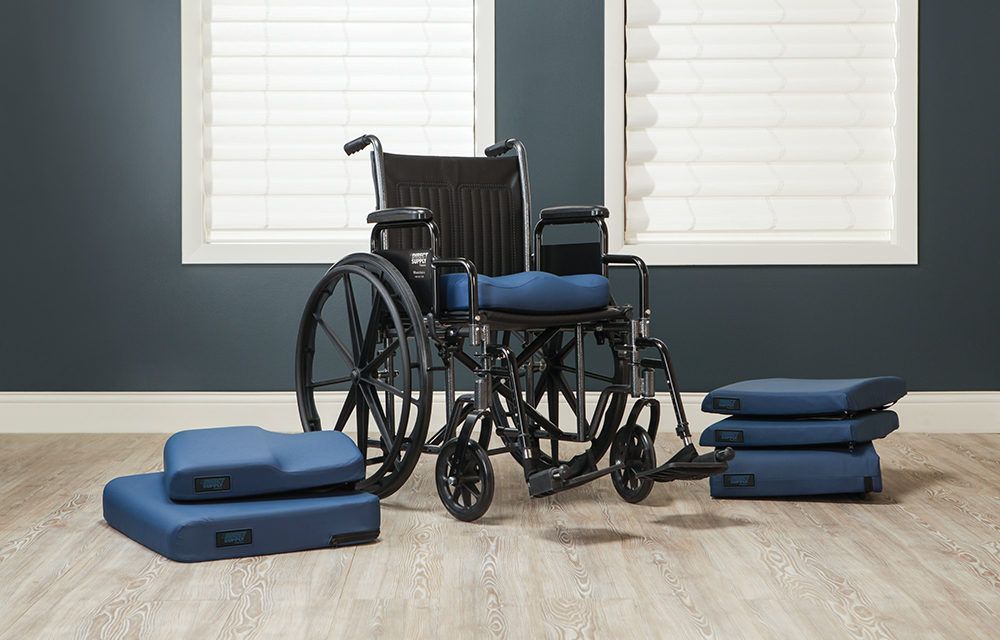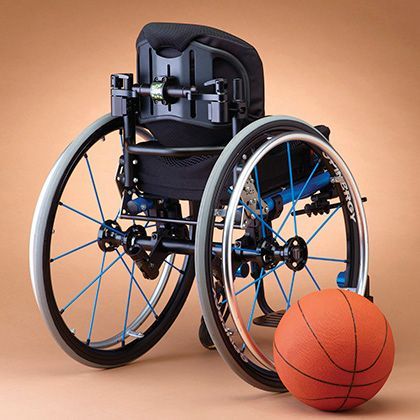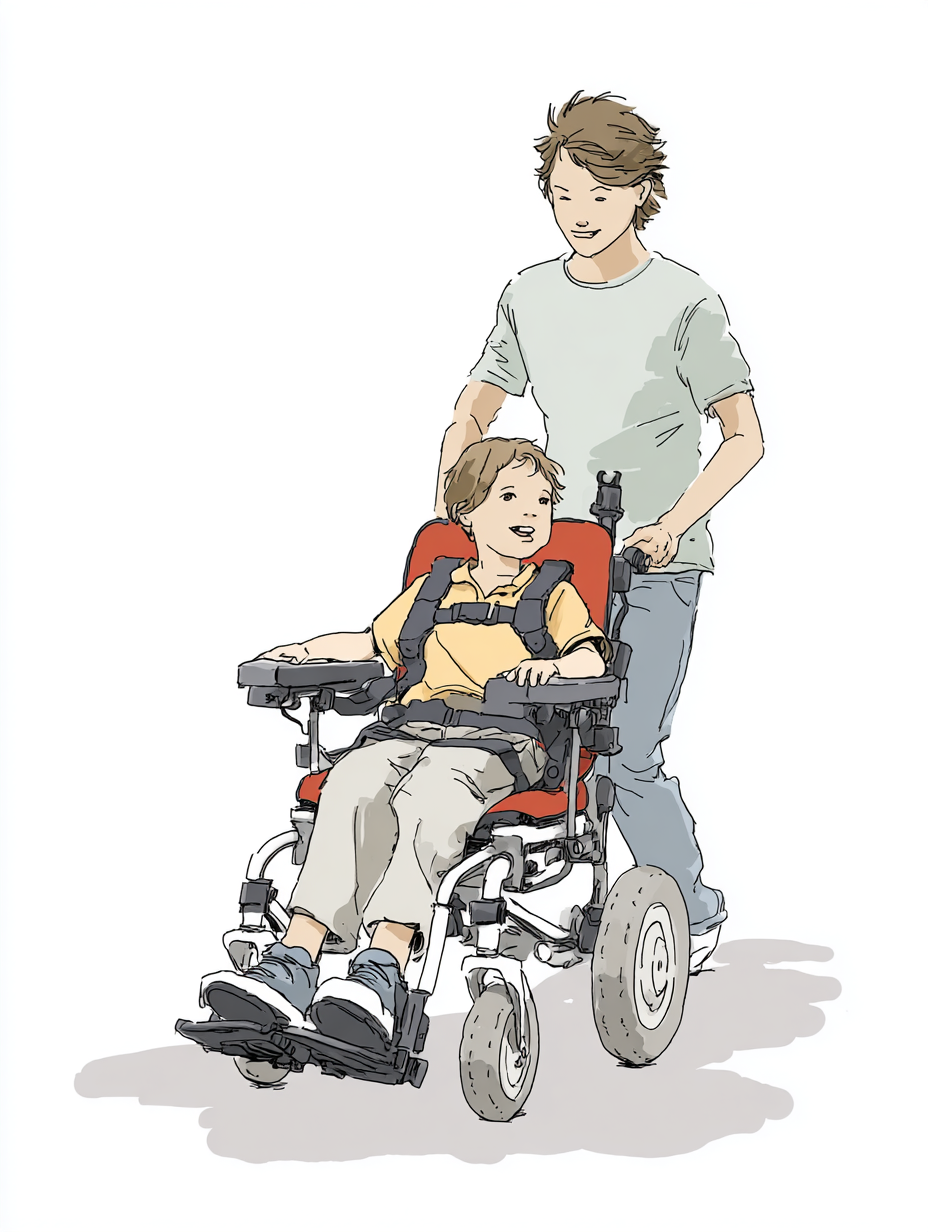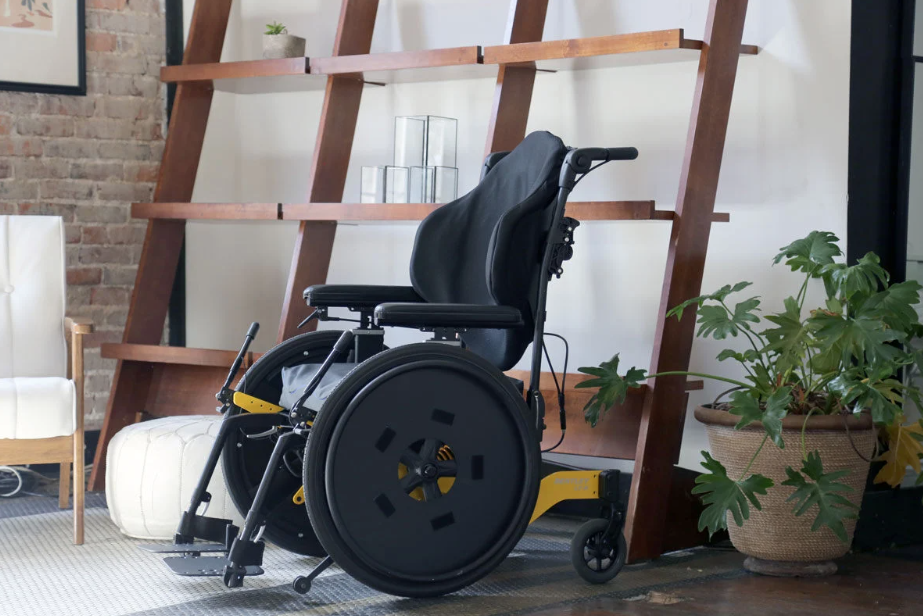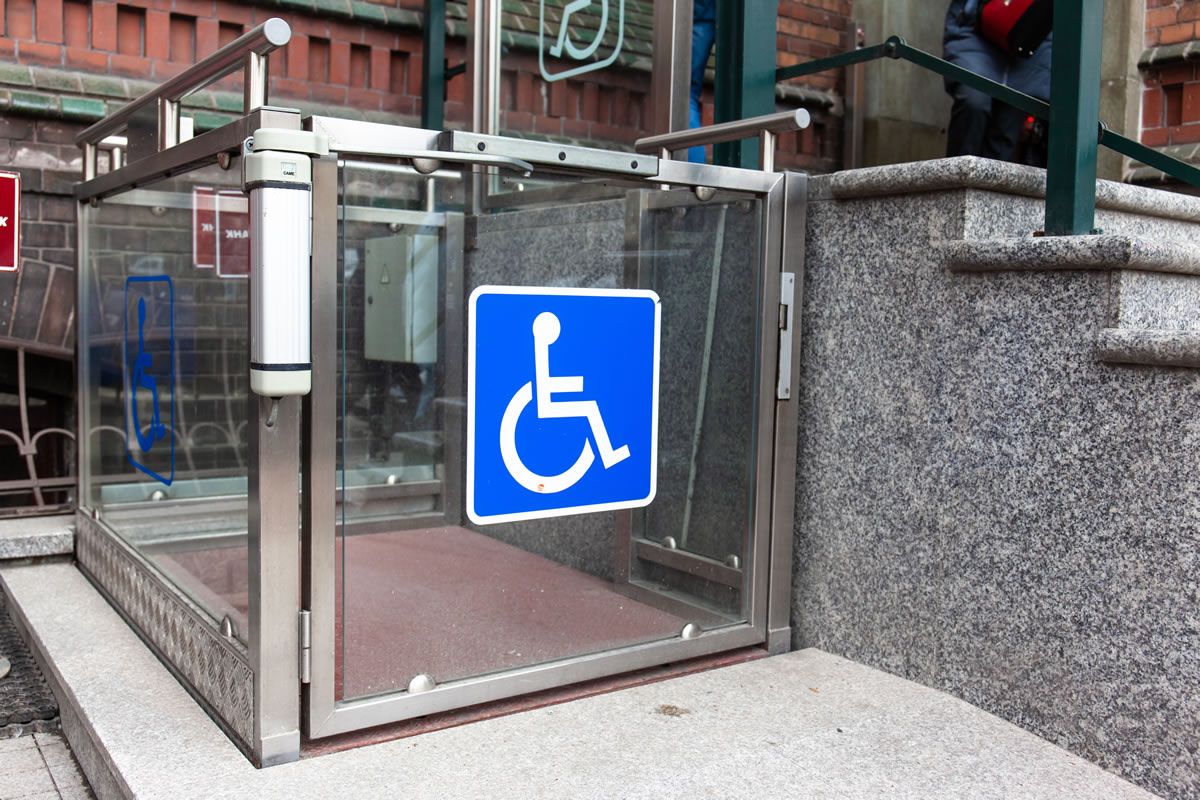For individuals with mobility challenges, navigating stairs or raised entrances can turn everyday routines into obstacles. That’s where wheelchair lift installation comes in—a powerful step toward reclaiming independence and creating a safer, more accessible home.
Whether you're caring for a loved one, planning for aging in place, or adapting your home following an injury, this guide will walk you through everything you need to know about wheelchair lifts, including types, costs, installation tips, and how they fit into broader home accessibility solutions.
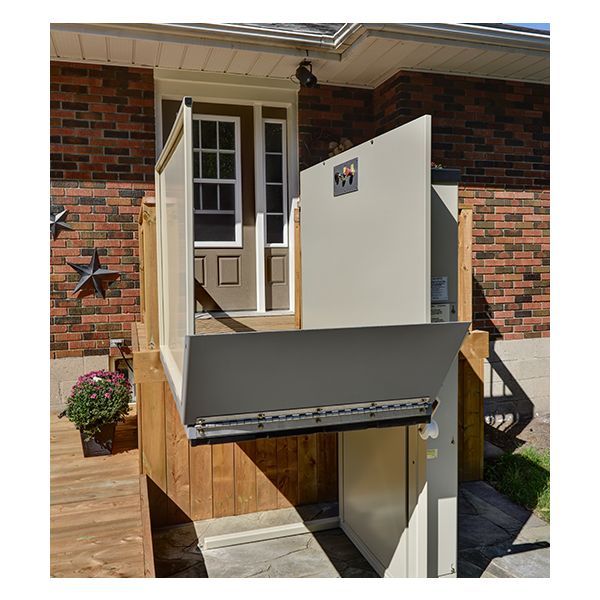
What Is a Wheelchair Lift?
A wheelchair lift, also known as a vertical platform lift (VPL), is a mechanical device that raises and lowers individuals in wheelchairs between different levels of a home or building. Unlike ramps, which require a lot of space, VPLs offer a compact, vertical solution ideal for porches, garages, and even multi-floor interiors.
Why Consider a Wheelchair Lift for Your Home?
There are several reasons why a wheelchair lift installation may be the right fit:
- Accessibility: It eliminates barriers posed by stairs and raised landings.
- Safety: Reduces fall risk for those with limited mobility.
- Independence: Enables wheelchair users to move freely without assistance.
- Space-Saving: Takes up less space than ramps or residential elevators.
- Property Value: Increases your home’s usability and appeal to future buyers needing accessible features.
At Universal Health Products, we believe accessibility should be seamless. That’s why we offer premium home accessibility solutions from Windsor to Chatham, backed by our mobility experts and ADP funding support.
Types of Wheelchair Lifts
1. Vertical Platform Lifts (VPLs)
These lifts operate much like an open elevator, moving straight up and down between levels. They’re ideal for outdoor decks, garage entrances, or even indoor split-level homes. A vertical platform lift can usually accommodate up to 750 lbs and offers weather-resistant construction for year-round performance.
2. Inclined Platform Lifts
Instead of moving vertically, these lifts travel along the incline of a staircase. They're best suited for homes where vertical space is limited but the stairs are too long for a ramp.
3. Portable Wheelchair Lifts
Lightweight and mobile, these are temporary lifts that can be positioned wherever needed. While not a permanent solution, they’re useful for events or temporary living arrangements.
Key Considerations Before Installation
Every wheelchair lift installation project should be tailored to the specific needs of the user and the structure of the home. Here are key questions to consider:
1. Where Will the Lift Be Installed?
Is the lift for indoor or outdoor use? Will it serve a porch, garage, or interior level? The environment will determine the model, finish, and weatherproofing needs.
2. What Is the Vertical Travel Distance?
Standard VPLs typically travel up to 6 feet, but extended models can reach up to 14 feet. Measurements must be precise to ensure the right lift is selected.
3. What Are the Weight and Size Requirements?
Consider the size of the wheelchair and any additional mobility equipment. The lift platform must accommodate these dimensions comfortably, with weight capacity to spare.
4. Is There Electrical Access?
Most VPLs require a dedicated 110V or 220V power source. You may need an electrician to prepare the site.
5. Do You Need Permits or Inspections?
In Ontario, residential accessibility modifications like VPLs often require municipal permits and compliance with Ontario Building Code standards.
The Installation Process: Step-by-Step
Here's how a typical wheelchair lift installation goes:
Step 1: Home Assessment
Mobility experts visit your home to evaluate your space, identify the best lift solution, and take precise measurements.
Step 2: Product Selection
They help you choose the most suitable lift based on your needs and environment. In our case, we proudly carry durable, ADA-compliant models such as the Savaria Multilift and other leading brands.
Step 3: Permitting and Prep
They guide you through the permitting process and work with electricians or contractors (if needed) to prepare your space.
Step 4: Professional Installation
Trained technicians install the vertical platform lift with precision and care. This includes secure anchoring, power hookup, and safety checks.
Step 5: Training and Support
Once the lift is installed, you will be walked through how to use it safely. With Universal Health Products, our team is always available for follow-up support or maintenance.
Maintenance and Safety Tips
To keep your home accessibility solution in peak condition, follow these tips:
- Inspect monthly for loose bolts, worn parts, or debris.
- Lubricate moving parts as recommended by the manufacturer.
- Test emergency features like backup batteries and manual lowering systems.
- Schedule annual service with your installer to ensure compliance and safety.
At Universal Health Products, we offer ongoing support and maintenance plans for all our lifts, so you’re never left in the dark.
ADP Funding: Financial Support for Ontario Residents
Did you know that wheelchair lift installation may be partially or fully covered under Ontario’s Assistive Devices Program (ADP)? We specialize in helping clients navigate the application process for ADP funding, ensuring you get the support you deserve.
Ready to Take the Next Step?
If you or a loved one could benefit from a wheelchair lift installation, contact Universal Health Products today. Let’s make your home safer, more accessible, and tailored to your needs.
Let Universal Health Products help you enjoy your entire home safely and confidently again.

